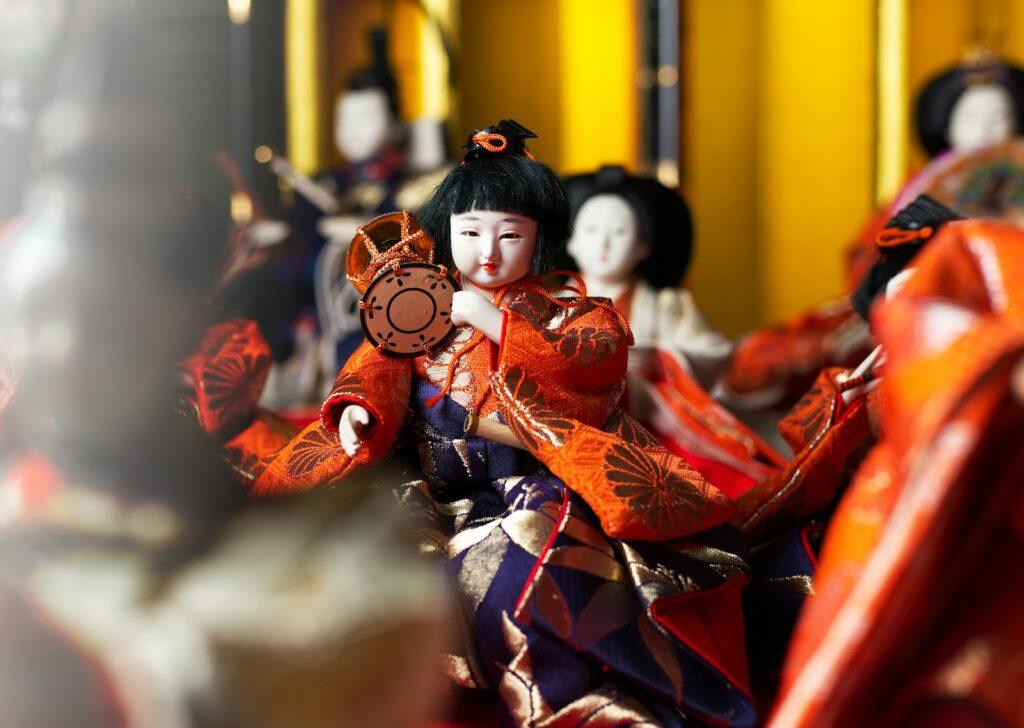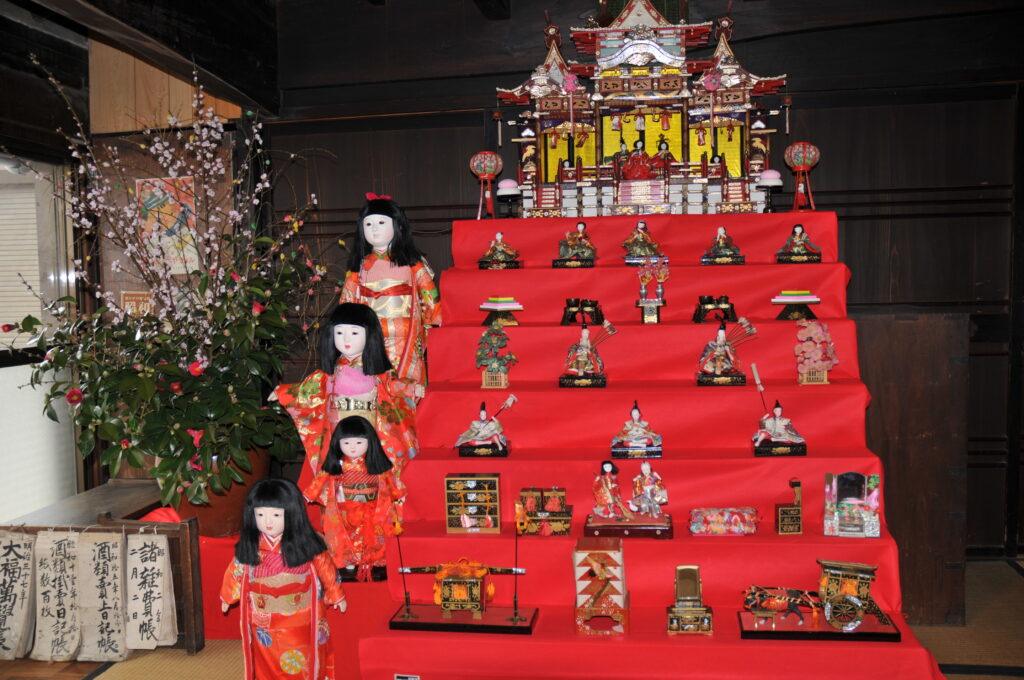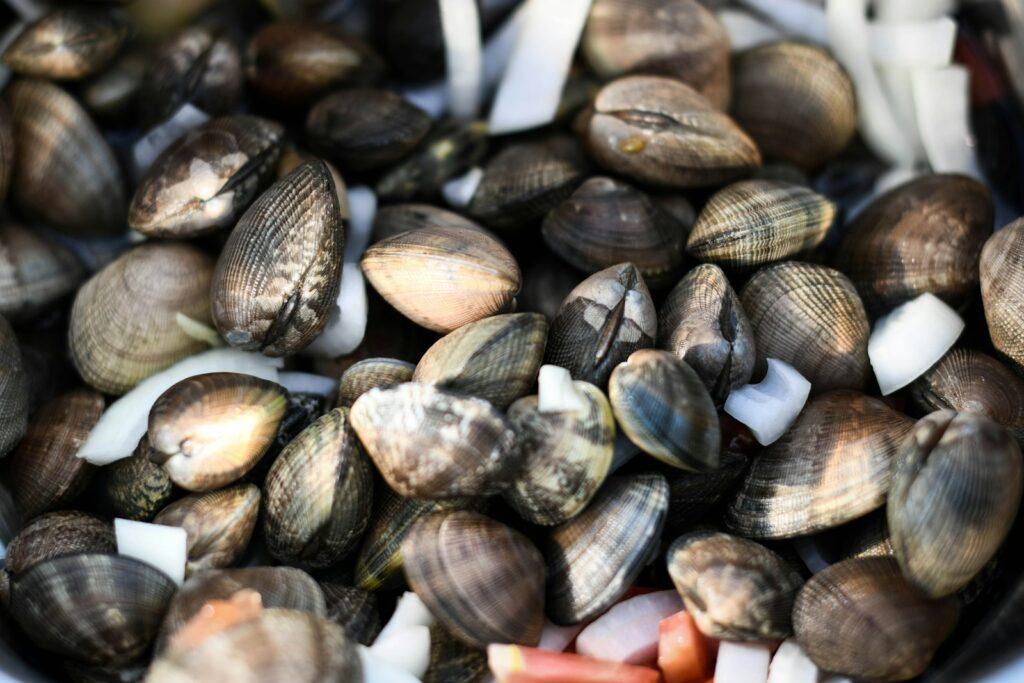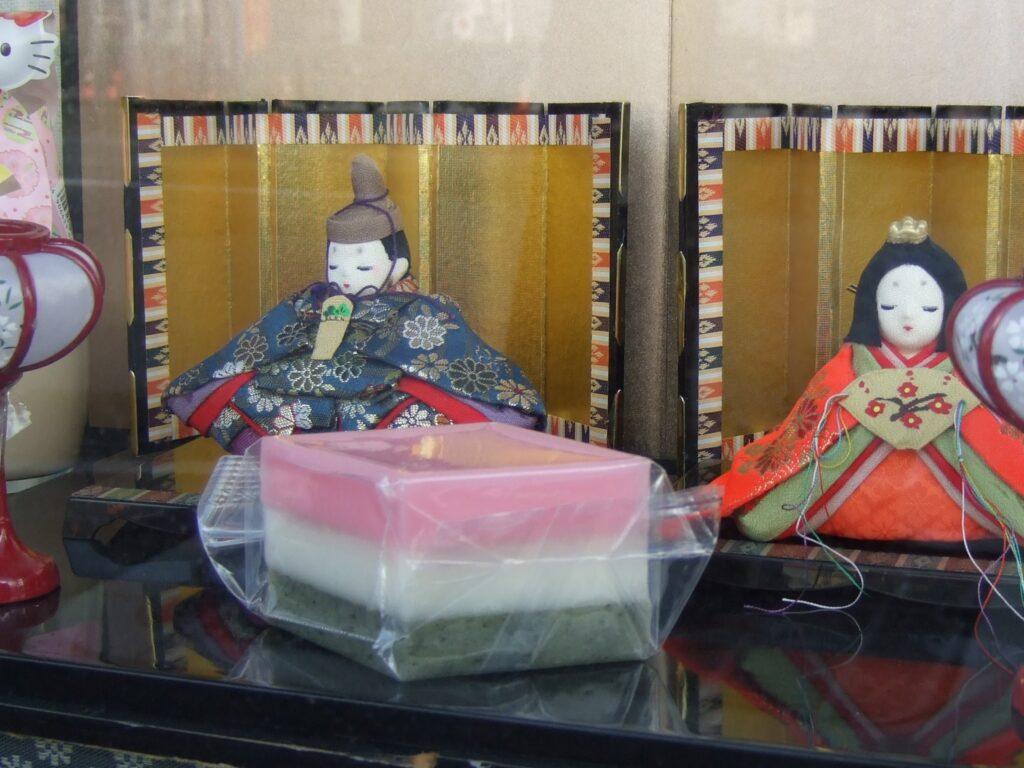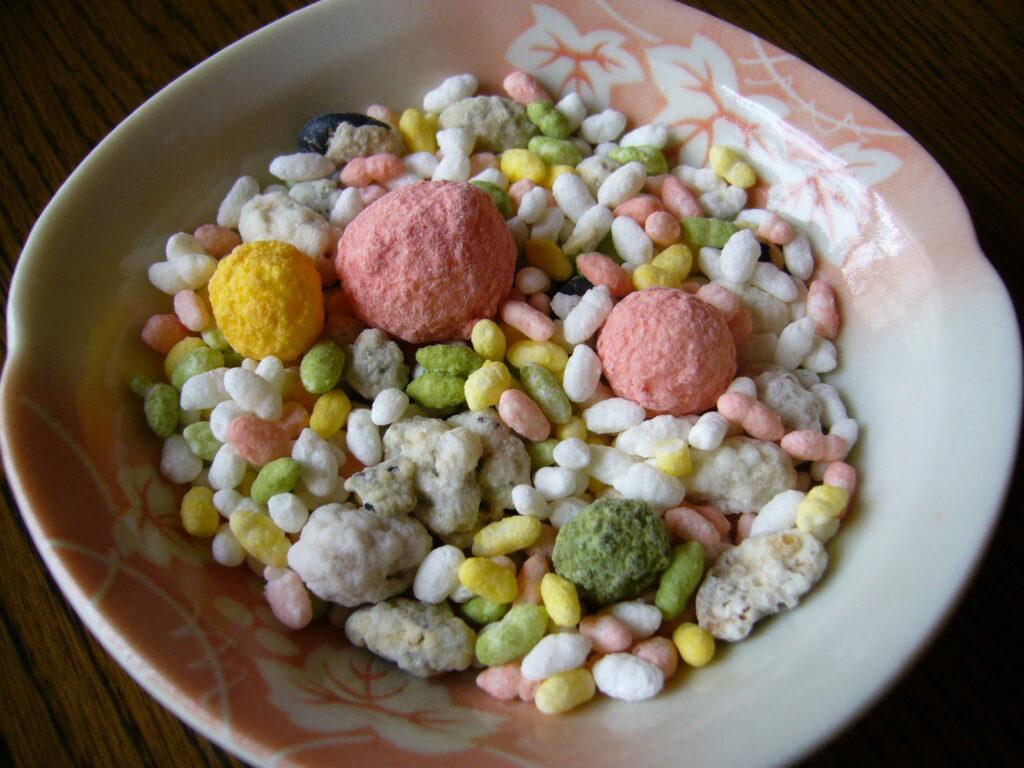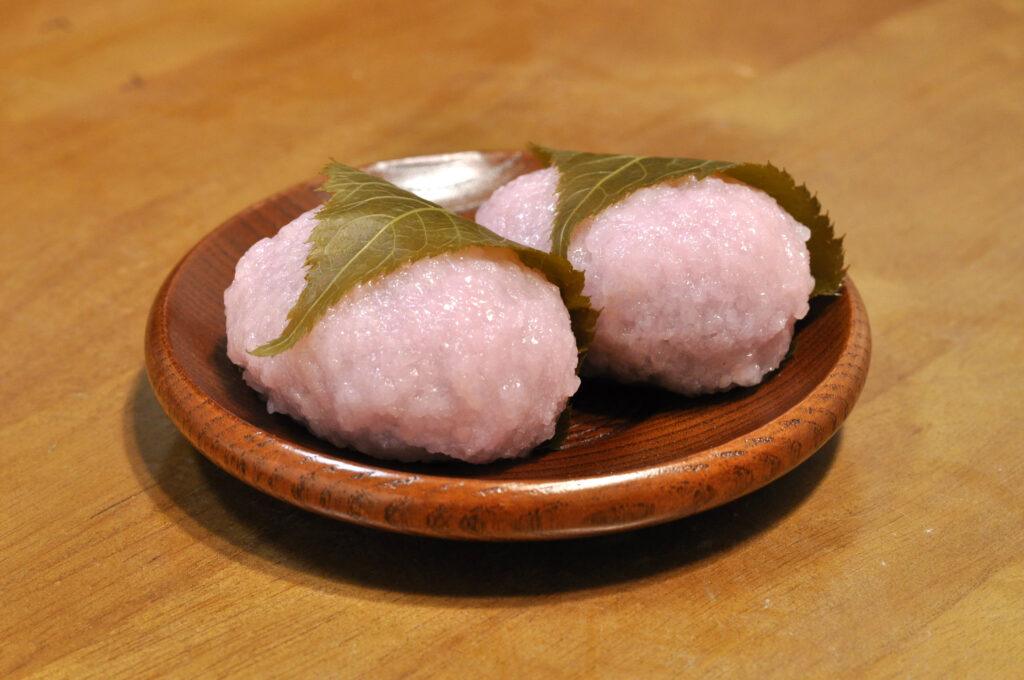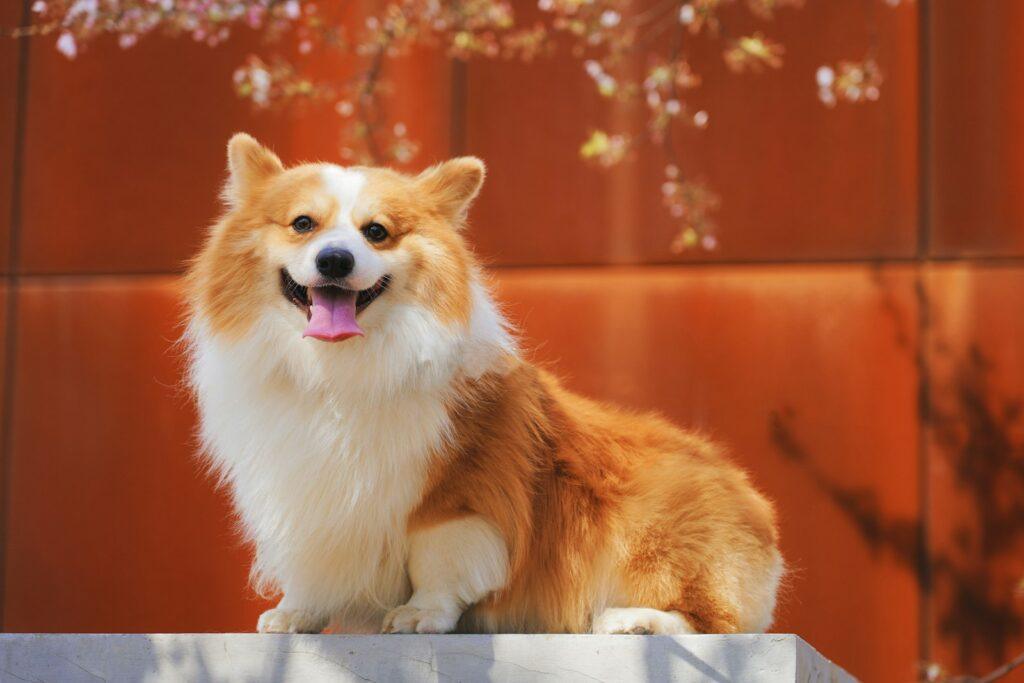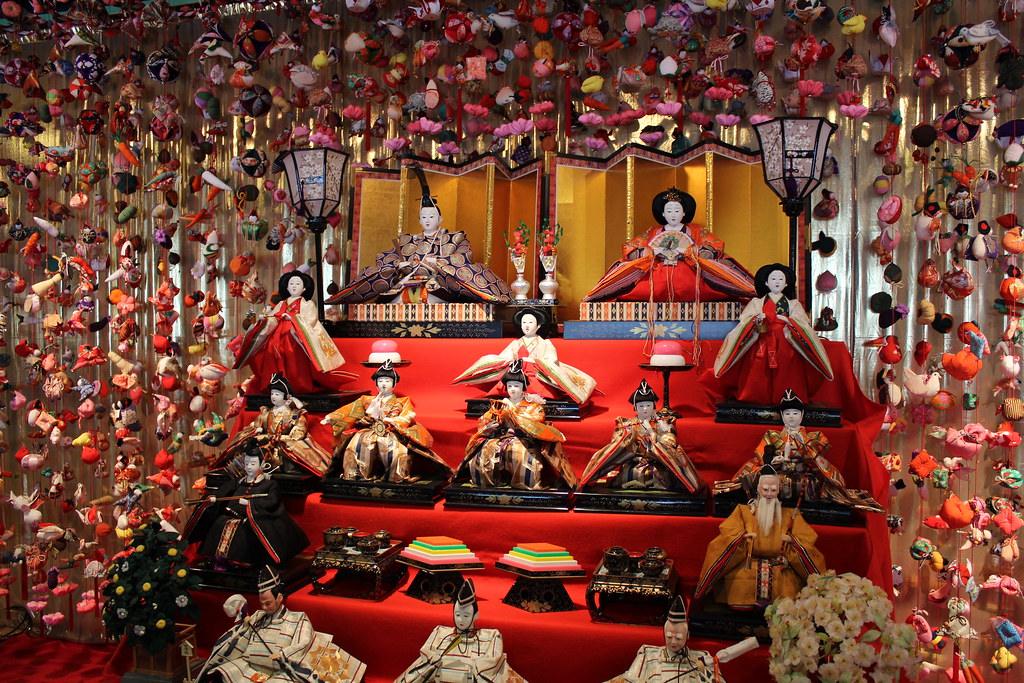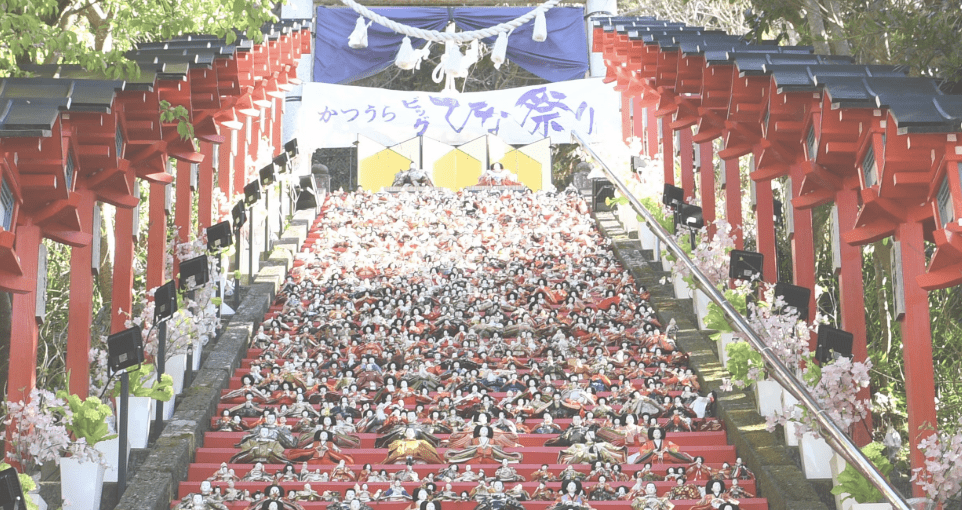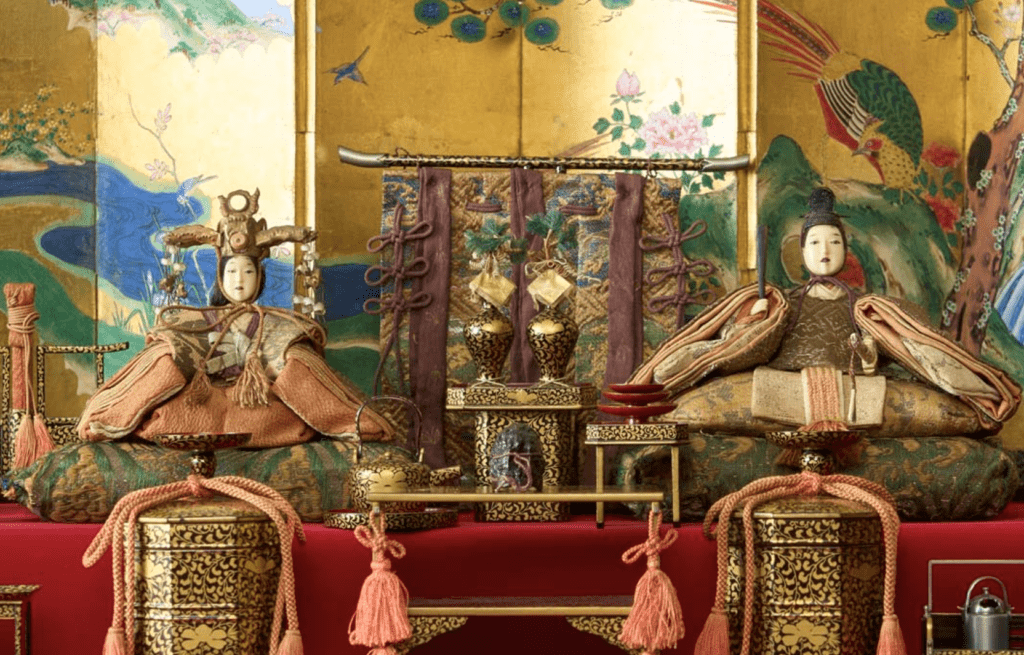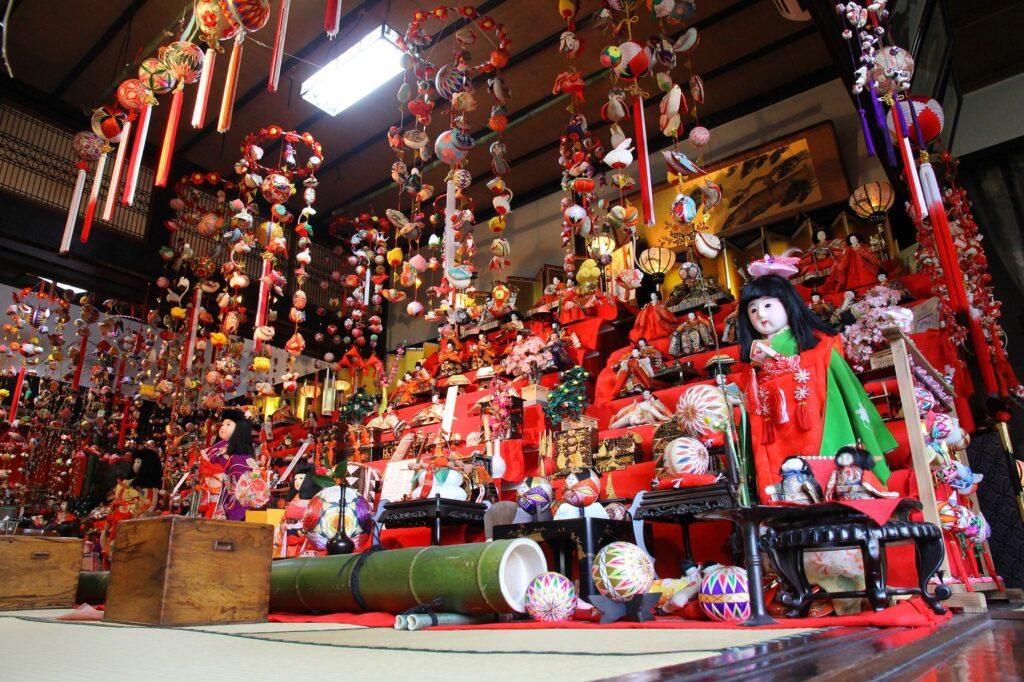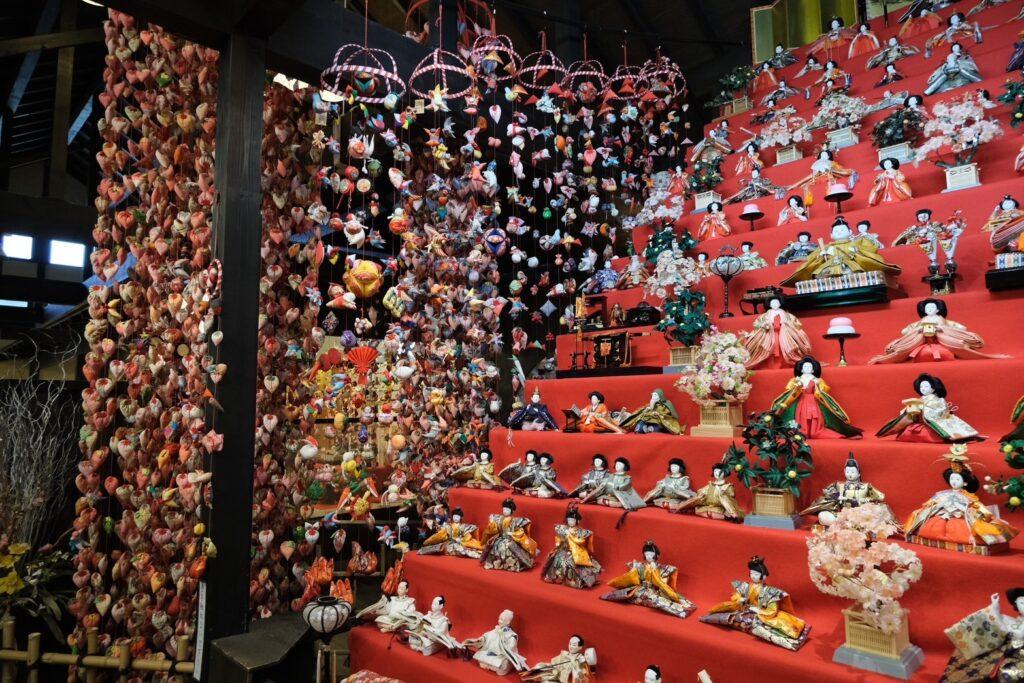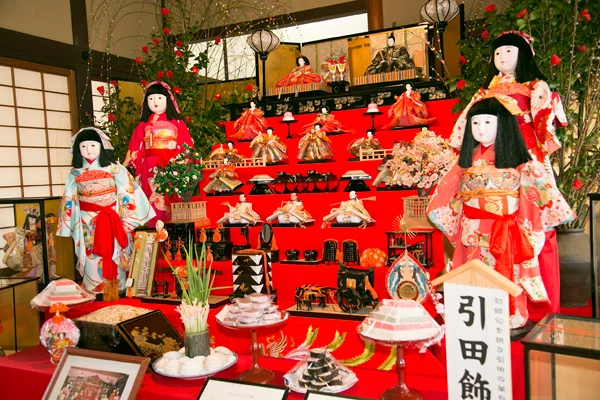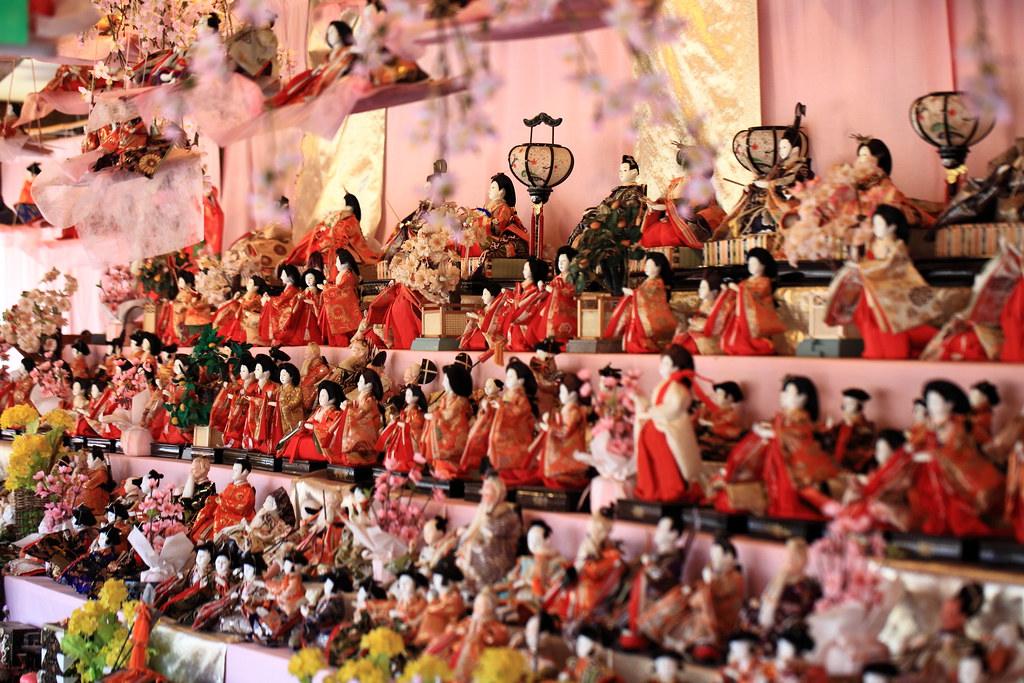So, you thought Japan’s only big festival in March was cherry blossom season? Nope. Allow me to introduce you to Hinamatsuri, also known as Girls’ Day, aka The Festival of Tiny, Expensive Dolls That Will Haunt Your Dreams if You Don’t Pack Them Away in Time.
I first came across this festival while attempting to wrap my head around Japan’s seemingly endless list of seasonal celebrations, and let me tell you—this one is a wild ride. There are elaborate doll displays, symbolic foods, and deeply ingrained superstitions about future marriage prospects.
If you, like me, are a foreigner trying to keep up with Japan’s whirlwind of traditions, this guide will give you everything you need to survive (and maybe even enjoy) Hinamatsuri.
What Even Is Hinamatsuri?
Hinamatsuri happens every year on March 3rd, and it’s dedicated to celebrating girls—specifically, their health, happiness, and, if we’re being real, their future marriageability (because apparently, life goals are set early here). But before you start thinking this is some kind of patriarchal nightmare, it’s actually a sweet and heartfelt tradition that’s been around for centuries.
The festival’s origins go way back to the Heian Period (794–1185), when the aristocracy believed that dolls could absorb bad spirits and misfortune. Back then, people used to float paper dolls down rivers to literally wash away their bad luck. Over time, this evolved into something much fancier, and now we have intricate, tiered doll displays that take over entire living rooms. It’s a big deal for families with daughters, and while the level of enthusiasm varies from household to household, the core idea remains the same: wish your daughters a bright future while displaying a small army of dolls.
For foreign onlookers, it might seem like a mix between a royal wedding, a doll collector’s dream, and a sushi-themed afternoon tea, but for Japanese families, it’s a meaningful tradition steeped in history and symbolism.
The Hina Doll Setup: A Doll Pyramid Fit for a Queen
The most iconic part of Hinamatsuri is the Hina Ningyō (雛人形) display—a multi-tiered pyramid covered in bright red fabric, where different dolls are carefully arranged in a very particular order. Think of it as the ultimate Barbie Dreamhouse, but with strict historical accuracy and a strong sense of hierarchy.
These displays can range from super elaborate seven-tiered sets that look like they belong in a museum to simpler two-doll versions that take up much less space (and are much kinder to your wallet). The dolls are often family heirlooms, passed down through generations, making them as much a part of a family’s legacy as grandma’s secret recipes.
Here’s how the tiers typically break down:
- 👑 The Emperor & Empress (Odairi-sama & Ohina-sama) – These two sit at the very top, dressed in luxurious kimonos, representing the ultimate power couple of the imperial court. They’re the centerpiece of the display, so naturally, they get the best seats.
- 🎤 Three Court Ladies (San-nin Kanjo) – These elegant women serve sake and are always positioned below the Emperor and Empress. Their job? Making sure the royal couple stays refreshed. Think of them as the classy bartenders of the doll world.
- 🎸 Five Musicians (Go-nin Bayashi) – No party is complete without music, and these little guys bring the entertainment. Each musician holds a different traditional instrument, so you know this is an elite wedding band.
- 👴 Two Ministers (Udaijin & Sadaijin) – Representing high-ranking officials, these two dolls are positioned as the wise advisors of the court. One is young, one is old, because you need both fresh ideas and experience to run an empire.
- 🏠 The Extras (Jicho & Household Items) – The lower tiers feature attendants, carriages, chests, and other fancy household objects. These pieces give the whole display an extra touch of realism, as if the dolls are actually living their best lives in their miniature aristocratic world.
And let’s not forget the unspoken rule: these dolls must be put away immediately after March 3rd. There’s an old superstition that says if you leave them out too long, your daughter will have trouble getting married. No pressure or anything, right?
What Do You Eat? The Hinamatsuri Feast
Like any proper Japanese festival, Hinamatsuri comes with its own set of traditional foods, all of which are symbolic in some way. Most of these dishes are brightly colored, pastel-themed, and incredibly photogenic—so yes, this is one of the most Instagrammable holidays in Japan.
1. Chirashizushi (ちらし寿司) – Sushi, But Make It Lazy
Imagine a sushi bowl exploded in the most aesthetically pleasing way possible—that’s chirashizushi. It’s a bowl of vinegared rice, topped with an assortment of seafood, egg, and colorful vegetables. Unlike regular sushi, you don’t have to roll anything, which means zero sushi chef skills required.
This dish is popular because it looks festive and fancy without requiring the painstaking effort of making individual sushi rolls. Plus, the bright yellow shredded egg, pink shrimp, and green peas match the color theme of Hinamatsuri, making it feel extra special.
2. Hamaguri Ushiojiru (はまぐりの潮汁) – Clam Soup with a Romantic Twist
This delicate clear soup contains hamaguri clams, which symbolize a happy and faithful marriage. Why? Because clamshells only fit with their original partner, and no other shell will match.
While this might sound like a lot of pressure for the average person’s love life, it’s meant to represent harmony in relationships. If you’re single, don’t worry—no one’s actually checking if you eat this soup before you find “the one.”
3. Hishimochi (菱餅) – The Tri-Color Rice Cake of Luck
This layered mochi dessert features three colors: pink, white, and green, each with its own meaning.
- Pink = Good health
- White = Purity
- Green = Protection from evil
It’s also shaped like a diamond rather than the usual round mochi, making it stand out from other traditional sweets.
4. Hina Arare (ひなあられ) – The Ultimate Pastel Snack
These colorful little rice crackers come in two varieties: sweet (Kanto style) and salty (Kansai style). They’re crunchy, light, and addictively snackable.
Hina Arare is meant to represent the four seasons, with different colors symbolizing spring, summer, fall, and winter. Basically, if you eat these, you’re ensuring a well-balanced and fortunate life.
5. Sakura Mochi (桜餅) – A Bite of Springtime
This pretty pink mochi is filled with sweet red bean paste and wrapped in a pickled sakura leaf. The leaf is technically edible, but whether you eat it or not is one of Japan’s most heated food debates. Some say it adds a nice salty contrast, while others remove it like a cupcake wrapper.
Other Random (But Cool) Hinamatsuri Traditions
While the main event of Hinamatsuri revolves around the elaborate doll displays and the symbolic foods, there are also a few lesser-known but equally fascinating traditions associated with this festival. Some of them date back centuries, while others are more localized customs that are still practiced in certain regions of Japan today. If you thought Hinamatsuri was just about setting up a doll display and eating pretty food, think again—there’s way more to this festival than meets the eye.
🐶 Inuhariko (犬張り子) – The Lucky Paper Mâché Dog
One of the most adorable symbols associated with Hinamatsuri is the Inuhariko, a traditional paper-mâché dog figurine that is often displayed alongside the Hina dolls. These charming little figures are more than just cute decorations—they are believed to have protective qualities, particularly for young children.
Dogs have long been seen as symbols of protection and loyalty in Japan, and Inuhariko is no exception. In fact, in the Edo period (1603–1868), Inuhariko were given to pregnant women and newborns as talismans to ward off evil spirits and bring good fortune. The reasoning behind this is simple—dogs are known for their easy and safe childbirths, so the belief was that their protective energy could be passed on to expecting mothers.
Even today, Inuhariko can be found in many Japanese households, often as a charm for health and protection. They are especially popular during Hinamatsuri because they serve as an extra layer of good luck for young girls, ensuring they grow up strong and free from harm. Plus, let’s be real—who wouldn’t want a tiny, hand-painted paper dog sitting on their shelf?
🌊 Nagashi Bina (流し雛) – Floating Away Your Troubles
If you thought Hinamatsuri was just about displaying dolls, you might be surprised to learn about Nagashi Bina, a much older tradition that involves sending small paper dolls down a river to wash away bad luck. This custom is rooted in ancient Shinto purification rituals, and its purpose is to transfer misfortune, illness, and negative energy from the person to the doll—so that the river can carry it all away.
The origins of Nagashi Bina go back to the Heian period when people believed that misfortune could be physically transferred to inanimate objects. This was especially important for young girls, as it was thought that sending the dolls downstream would ensure their health, safety, and good fortune for the rest of the year.
Even though the practice has faded in many parts of Japan, it is still celebrated in certain regions, like Kyoto and Tottori Prefecture, where families gather by the riverside on March 3rd to send their dolls on their way. The modern version of Nagashi Bina is a bit more environmentally friendly, as many shrines have started retrieving the dolls after the ritual instead of just letting them drift into the ocean. (Because let’s be honest, the last thing we need is a floating army of abandoned dolls creeping people out.)
If you’re lucky enough to be in Japan during Hinamatsuri, this is definitely one of the more unique experiences you can witness—just be sure to make a wish as you send your troubles down the river.
🎐 Tsurushi Kazari (つるし飾り) – The Pinterest-Perfect Hanging Decorations
If the Hina doll display is the main event, then Tsurushi Kazari is the ultimate sidekick. These delicate, hand-sewn hanging ornaments are a traditional craft from Shizuoka and Yamagata Prefectures, and they are often hung alongside the Hina dolls as an additional decoration. Unlike the imperial-style dolls, which can be extremely expensive and formal, Tsurushi Kazari are more handmade and accessible, making them a beloved alternative or addition to the festival’s decorations.
What makes Tsurushi Kazari truly special is that each individual ornament has its own unique meaning, designed to bring luck, health, or prosperity. Some common decorations include:
- 🦐 Shrimp (Ebi) – Symbolizes longevity, since shrimp curl up as they age, representing growing old gracefully.
- 🐢 Turtle (Kame) – A classic symbol of long life and protection, because turtles are known for their long lifespans.
- 👛 Coin Purses (Kinchaku) – Represents wealth and financial success, perfect for manifesting your future millionaire status.
- 🐵 Monkeys (Saru) – Symbolizes warding off evil because “saru” (monkey) sounds like the word for “avoiding” in Japanese.
- 🌸 Flowers – Usually cherry blossoms or plum blossoms, representing beauty, growth, and a bright future.
These gorgeous decorations are often handmade by families or skilled artisans, and they can take weeks or even months to complete. The craftsmanship involved in making them is seriously impressive, and the tradition of passing down these handmade ornaments from generation to generation adds an extra layer of sentimental value.
In some areas, entire Tsurushi Kazari festivals are held, where towns display these intricate decorations in shrines and event spaces. If you ever get the chance to see one in person, you’ll be amazed by how colorful, delicate, and beautifully arranged they are—they’re basically the Japanese equivalent of Christmas ornaments, but with deeper meanings.
Even if you don’t celebrate Hinamatsuri, Tsurushi Kazari is a perfect example of how Japanese culture blends artistry, symbolism, and tradition into everyday life. Plus, if you’re looking for a unique souvenir, a handmade Tsurushi Kazari piece makes for a seriously cool keepsake.
🎎 Experiencing Hinamatsuri: A Guide for Tourists
So, you’re in Japan around early March and want to see this doll-filled, pastel-colored festival in action? Good news—Hinamatsuri isn’t just a private, stay-at-home kind of celebration. Plenty of public events happen across Japan, and some of them are so over-the-top that they’ll make you wonder why you haven’t been celebrating this holiday your whole life. Here’s where to go and what to expect if you want to experience Hinamatsuri like a pro.
1. Katsuura Big Hinamatsuri (Chiba Prefecture) – The Ultimate Doll Overload
If you want maximum doll drama, head to Katsuura City in Chiba Prefecture, where 30,000 hina dolls take over the town. The main attraction? Tomisaki Shrine, where 1,800 dolls are lined up along the shrine’s steep stone steps. Yes, it’s as ridiculously extra as it sounds, and yes, you’ll want your camera ready.
But the shrine isn’t the only place covered in dolls—shops, public buildings, and other shrines all join in, creating a doll-filled wonderland. It’s one of the biggest Hinamatsuri festivals in Japan, and the whole town gets involved. The festival usually runs from late February to March 3rd, so if you’re around Tokyo, this is an easy day trip that’s totally worth it.
2. Hyakudan Hinamatsuri at Hotel Gajoen Tokyo – Luxury Dolls on Display
Want a fancier, more sophisticated take on Hinamatsuri? Then you need to check out Hyakudan Hinamatsuri at Hotel Gajoen Tokyo, where a historical cultural property called “The Hundred Stairs” is turned into an art gallery for premium-level hina dolls. This isn’t your grandma’s doll collection—these are museum-quality pieces, some of which are centuries old.
Each year, different regions of Japan showcase their unique doll styles, so the exhibit changes annually. It runs from mid-January to early March, making it one of the longest Hinamatsuri events. If you love history, craftsmanship, or just really fancy things, this is the perfect spot. Bonus: it’s in Tokyo, so you don’t have to venture far to see it.
3. Yanagawa Hina Matsuri Sagemon Meguri (Fukuoka) – A Floating Festival
If you’re looking for something different, head to Yanagawa City in Fukuoka Prefecture, where Hinamatsuri is celebrated on boats. Yes, you heard that right. Instead of just looking at pretty dolls on shelves, you float down historic canals on wooden boats, surrounded by colorful hanging decorations called “sagemon.” It’s part parade, part sightseeing tour, and part festival, all rolled into one.
The city is covered in handmade sagemon decorations, which are small, hanging fabric charms shaped like cranes, fish, and lucky symbols. The whole thing looks like a whimsical, real-life fairytale. This event usually runs from mid-February to early April, making it one of the longest Hinamatsuri celebrations.
4. Inatori Onsen Hina no Tsurushi Kazari Festival (Shizuoka) – Handmade Beauty Everywhere
Forget the traditional tiered doll displays for a second. In Inatori Onsen (a coastal hot spring town in Shizuoka Prefecture), the highlight of Hinamatsuri isn’t the dolls, it’s the stunning hanging decorations known as Tsurushi Kazari.
These handmade fabric ornaments dangle from ceilings like colorful waterfalls, and each piece has a meaning—shrimp for long life, turtles for health, purses for wealth. Think of it as an explosion of good luck charms, except instead of carrying them around, you admire them as they float elegantly in the air.
The event is held from January to March, and since Inatori is an onsen town, you can also soak in a hot spring after admiring all the decorations. Sounds like a perfect day, right?
5. Hiketa Hinamatsuri (Kagawa) – A Small-Town Celebration With Big Charm
If you want something more low-key and authentic, check out Hiketa’s Hinamatsuri in Kagawa Prefecture, where local families open their homes and display their hina dolls for visitors to see. Instead of being crammed into a museum or a shrine, you wander through the town’s old streets, peeking inside homes that have set up beautiful doll displays in their genkan (entryways).
It’s less touristy, more personal, and a great way to experience Japan’s small-town hospitality. Plus, there’s a festival atmosphere with local food stalls and events, so it’s not just about the dolls. The event usually happens from late February to early March, making it perfect for travelers looking for a cozy, local experience.
🎏 Pro Tips for Tourists
- Check Dates in Advance – Some of these festivals start as early as January, while others peak in early March. If you’re planning a trip, make sure the event you want to see is still running.
- Get There Early – Popular spots like Tomisaki Shrine in Katsuura can get crowded, so aim for early morning visits if you want that perfect, Instagram-worthy shot without 500 people in the background.
- Respect the Displays – Hina dolls are fragile, valuable, and often family heirlooms, so no touching! Some events allow photography, but always check the rules before snapping pics.
- Try the Local Food – Many Hinamatsuri festivals have street food stalls selling sakura mochi, hina arare, and amazake, so don’t miss out on the seasonal treats.
- Make a Day of It – Many Hinamatsuri events happen in scenic towns with other attractions, like hot springs, historic districts, and river cruises, so plan to explore beyond just the dolls.
🎉 Should You Celebrate Hinamatsuri? Absolutely!
Even if you don’t have a daughter (or aren’t even Japanese), Hinamatsuri is a festival anyone can appreciate. It’s a celebration of happiness, health, and prosperity, wrapped up in stunning decorations and delicious food. Unlike some of Japan’s more complex or overwhelming holidays, this one is light, cheerful, and low-stress—no packed shrines, no complicated rituals, just good vibes and adorable traditions. Plus, it’s a perfect excuse to indulge in colorful sushi, sweet sakura mochi, and a warm cup of amazake while admiring beautifully crafted Hina dolls.
Beyond the aesthetics and tasty treats, Hinamatsuri is also a celebration of women and family. Originally focused on marriage prospects, the festival has evolved into a broader symbol of wishing happiness, success, and fulfillment for all women. Whether you set up a grand Hina display or simply appreciate the cultural significance, it’s a day to honor the women in our lives and embrace a tradition that has been cherished for centuries. Plus, if you love themed parties, this is one of the most Instagram-worthy celebrations out there.
So why not join in the fun? Set up some dolls, eat some sushi, and sip on amazake like the festival queen you are. Just don’t forget the golden rule—pack those dolls away on time, unless you want them lingering around, silently judging your life choices!

